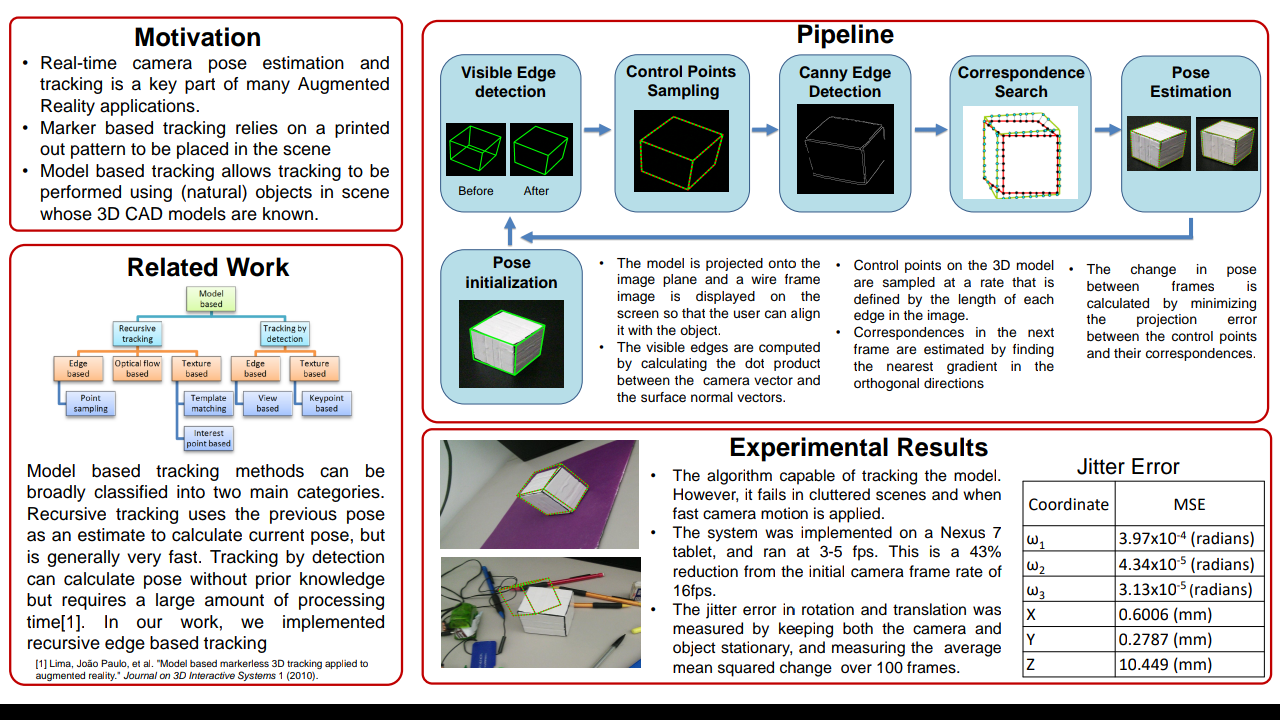Panorama Based on Light Field Images

Panorama Based on Light Field Images OUTPUT Introduction: Light field camera captures an array of images by microlens near the detector while traditional camera just takes one 2D picture of a 3D scene via one single lens. Though the resolution is not as good as traditional camera, light field device still brings a lot of advantages in many ways [1,2]. For example, depth detection, post-focus, 4D feature detection or even animated thumbnail 3D camera shake are feasible from processing light field images. In the recent years, panorama is also developed as a picture containing a wide viewing angle which is usually achieved by stitching a couple of 2D images together[3,4]. Our project will look into rendering panorama pictures by stitching individual light field images which will both contains a wide viewing angle and has the ability to calculate a lot of depth related characteristic via MTALAB Light Field Toolbox. Objective Achieve panorama based on light field imag

